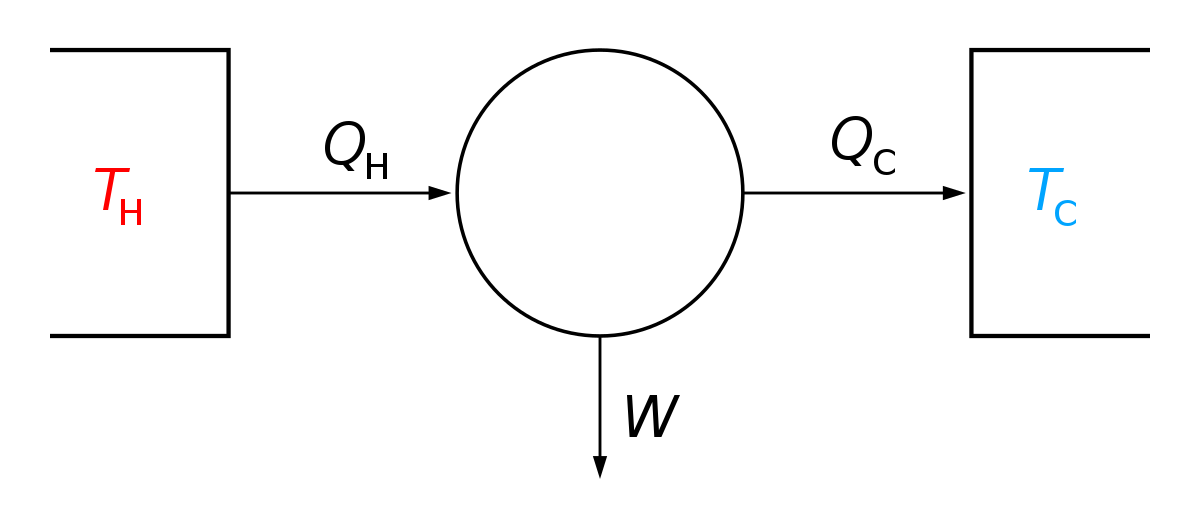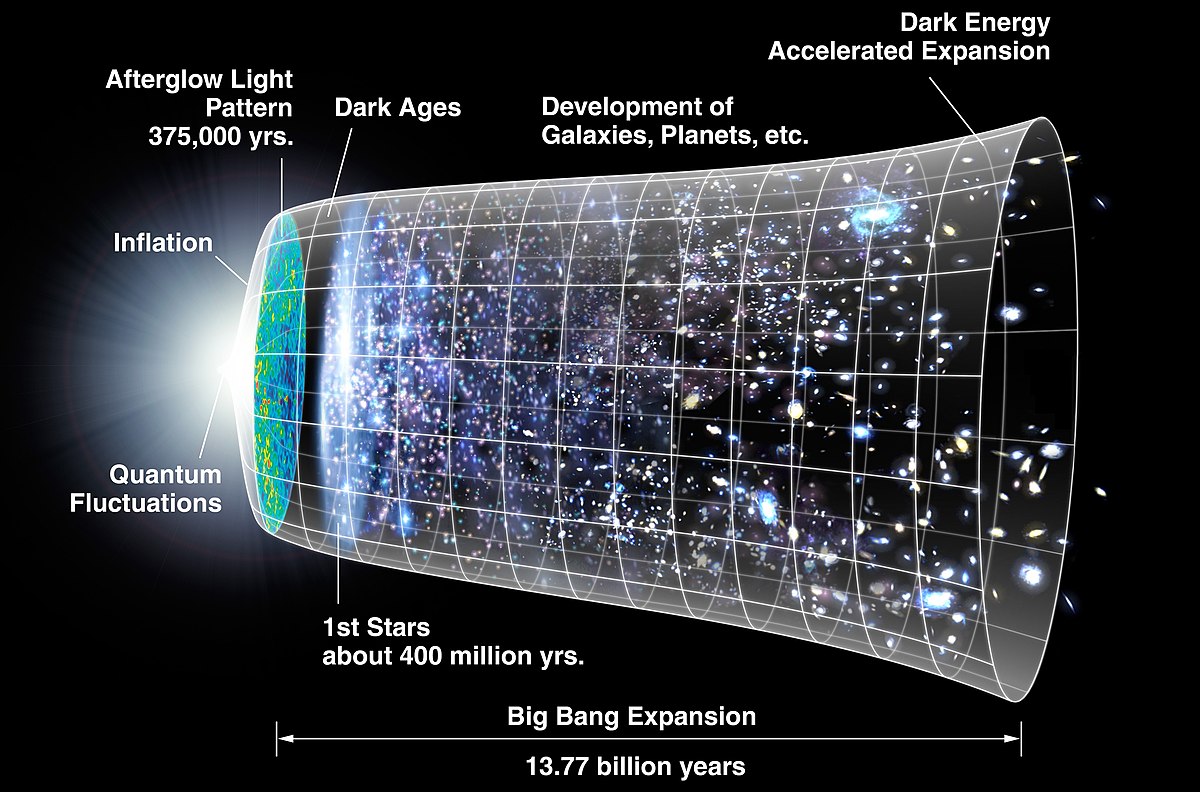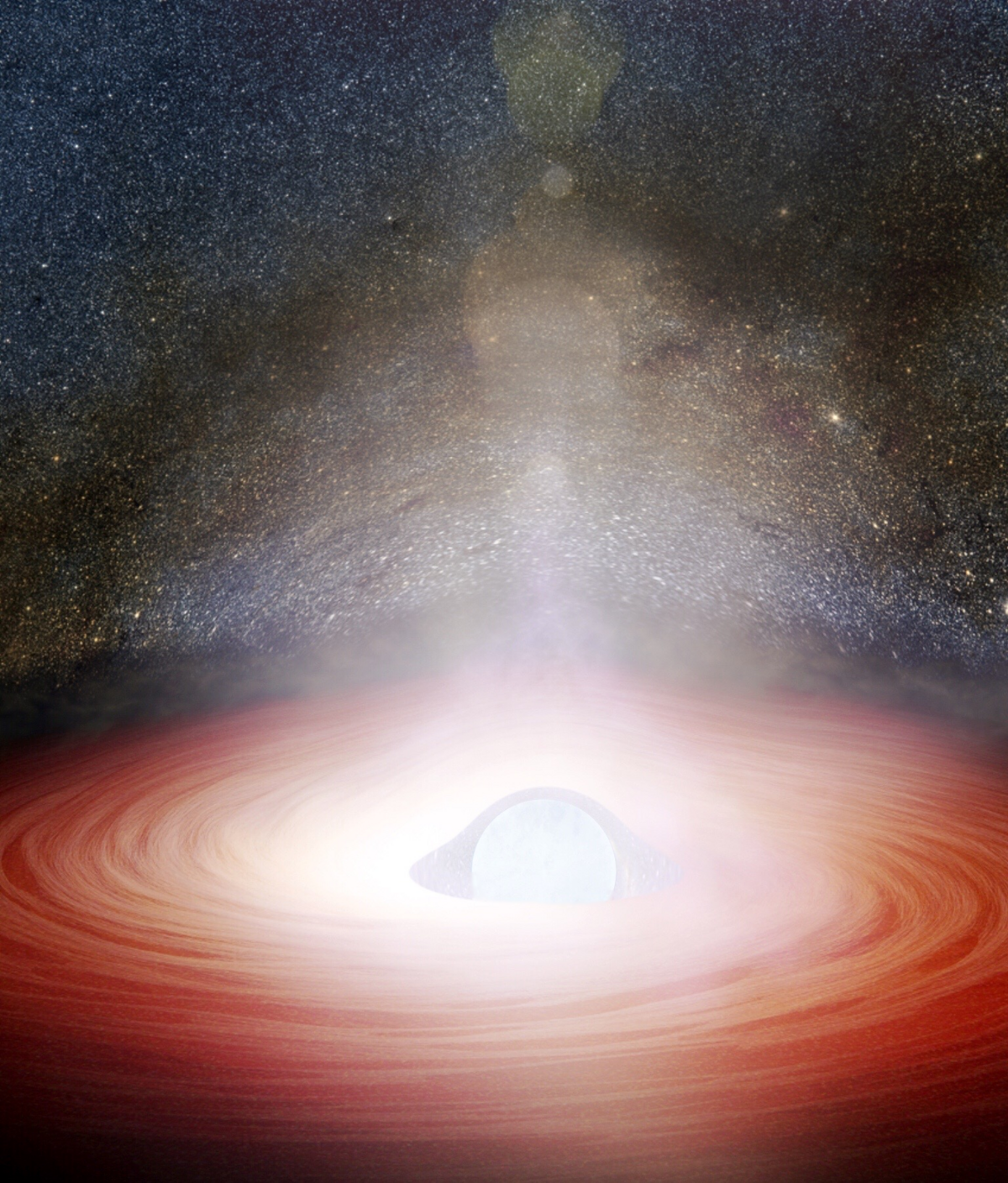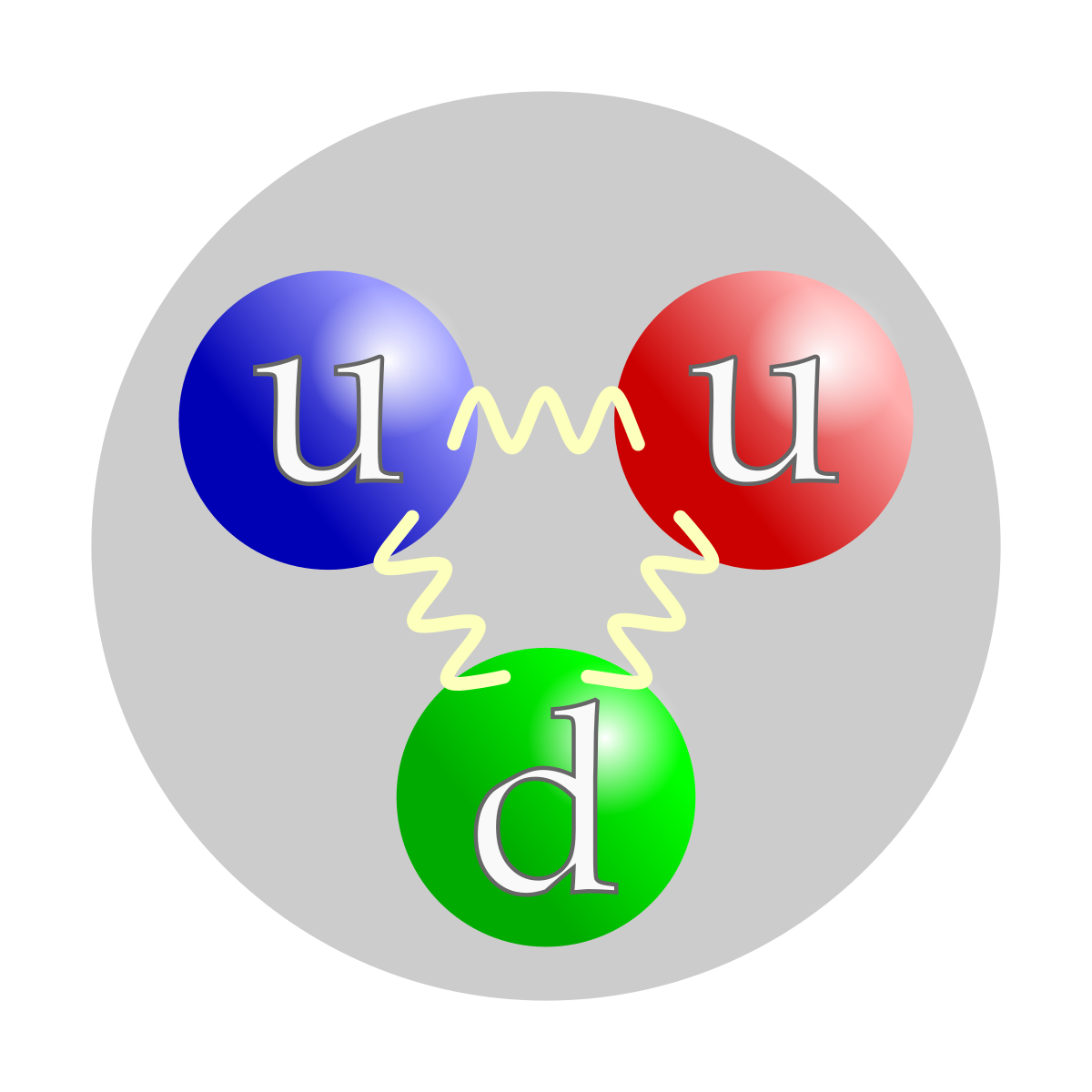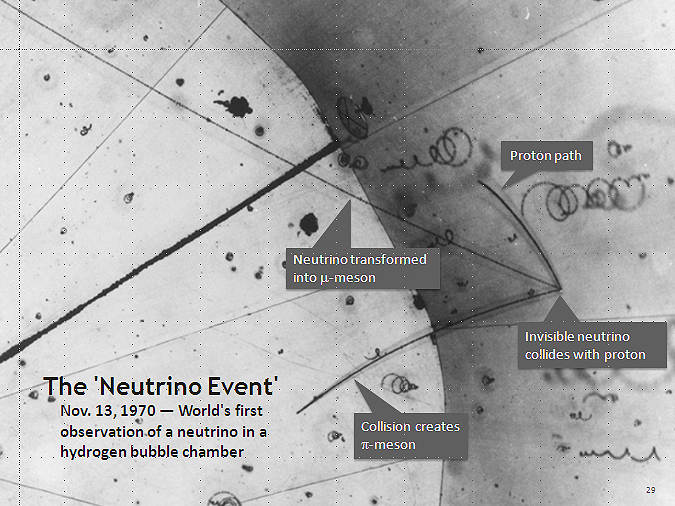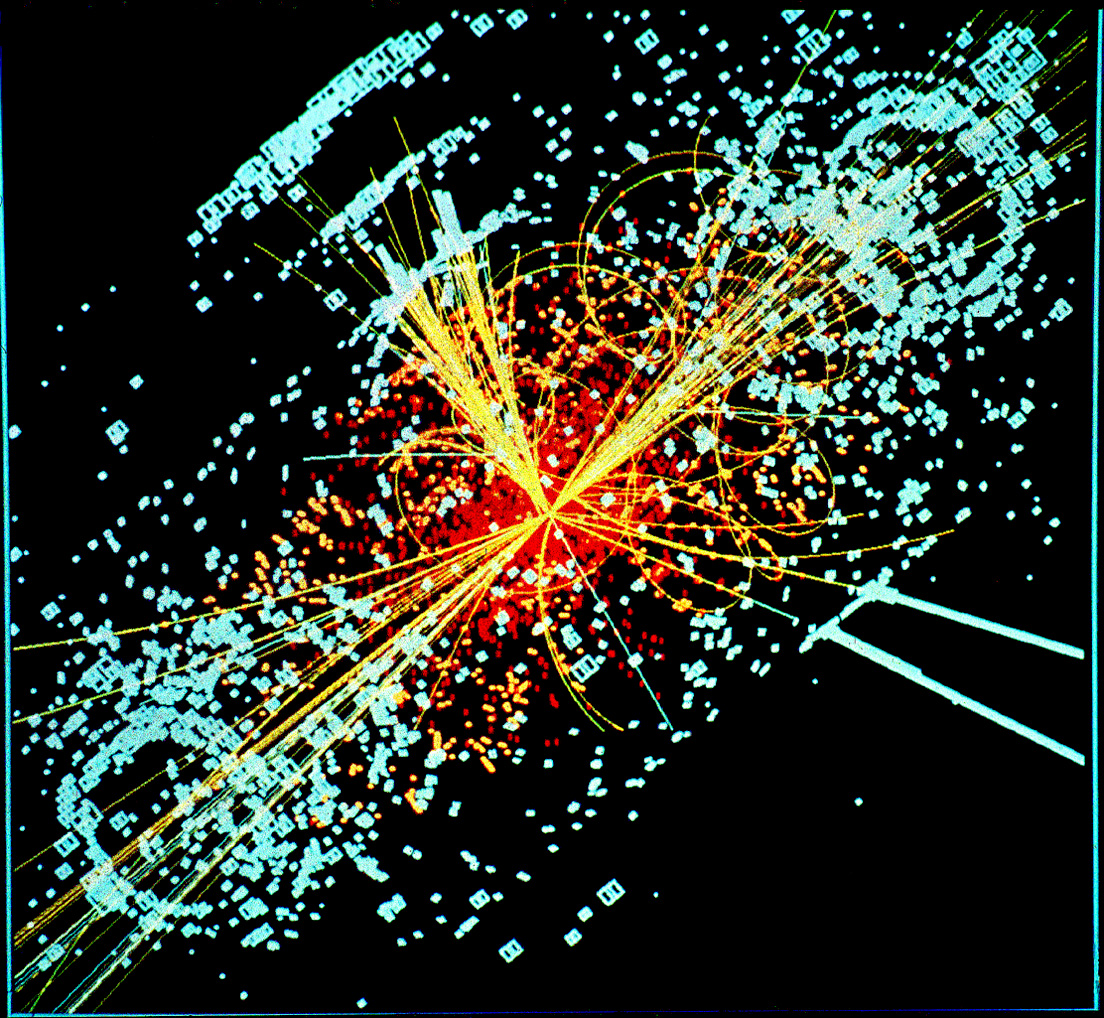The
Big Bang theory is the prevailing
cosmological model explaining the existence of the
observable universe from the
earliest known periods through its subsequent large-scale evolution.
[1][2][3] The model describes how the
universe expanded from an initial state of high
density and
temperature,
[4] and offers a comprehensive explanation for a broad range of observed phenomena, including the abundance of
light elements, the
cosmic microwave background (CMB)
radiation, and
large-scale structure.
The Big Bang theory offers a comprehensive explanation for a broad range of observed phenomena, including the abundances of the
light elements, the
CMB,
large-scale structure, and
Hubble's law.
[10] The theory depends on two major assumptions: the universality of physical laws and the
cosmological principle. The universality of physical laws is one of the underlying principles of the
theory of relativity. The cosmological principle states that on large scales the
universe is
homogeneous and
isotropic—appearing the same in all directions regardless of location.
[11]
These ideas were initially taken as postulates, but later efforts were made to test each of them. For example, the first assumption has been tested by observations showing that largest possible deviation of the
fine-structure constant over much of the age of the universe is of order 10−5.
[12] Also,
general relativity has passed stringent
tests on the scale of the
Solar System and
binary stars.
[13][14][notes 1]
The large-scale universe appears isotropic as viewed from Earth. If it is indeed isotropic, the cosmological principle can be derived from the simpler
Copernican principle, which states that there is no preferred (or special) observer or vantage point. To this end, the cosmological principle has been confirmed to a level of 10−5 via observations of the temperature of the CMB. At the scale of the CMB horizon, the universe has been measured to be homogeneous with an upper bound
on the order of 10% inhomogeneity, as of 1995.
[15]
The expansion of the Universe was inferred from early twentieth century astronomical observations and is an essential ingredient of the Big Bang theory. Mathematically, general relativity describes
spacetime by a
metric, which determines the distances that separate nearby points. The points, which can be galaxies, stars, or other objects, are specified using a
coordinate chart or "grid" that is laid down over all spacetime. The cosmological principle implies that the metric should be homogeneous and isotropic on large scales, which uniquely singles out the
Friedmann–Lemaître–Robertson–Walker (FLRW) metric. This metric contains a
scale factor, which describes how the size of the universe changes with time. This enables a convenient choice of a
coordinate system to be made, called
comoving coordinates. In this coordinate system, the grid expands along with the universe, and objects that are moving only because of the
expansion of the universe, remain at fixed points on the grid. While their
coordinate distance (
comoving distance) remains constant, the
physical distance between two such co-moving points expands proportionally with the scale factor of the universe.
[16]
The Big Bang is not an explosion of matter moving outward to fill an empty universe. Instead, space itself expands with time everywhere and increases the physical distances between comoving points. In other words, the Big Bang is not an explosion in space, but rather an expansion of space.[4] Because the FLRW metric assumes a uniform distribution of mass and energy, it applies to our universe only on large scales—local concentrations of matter such as our galaxy do not necessarily expand with the same speed as the whole Universe.
[17]

en.wikipedia.org


